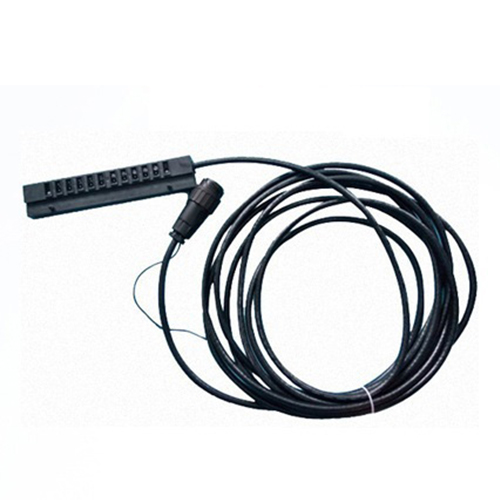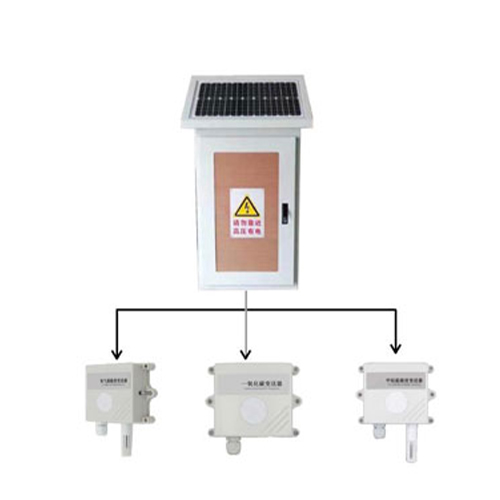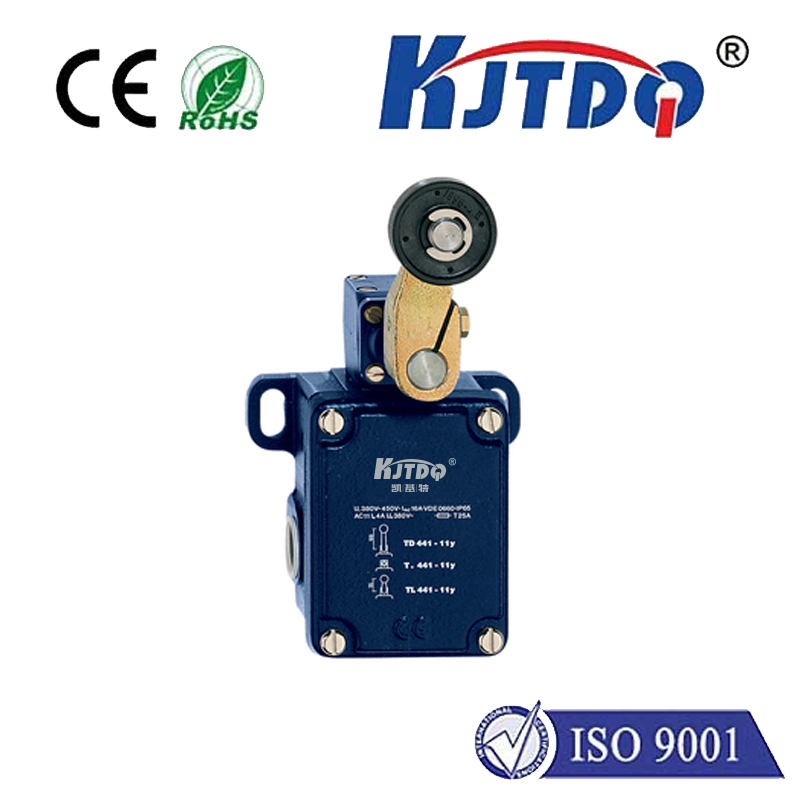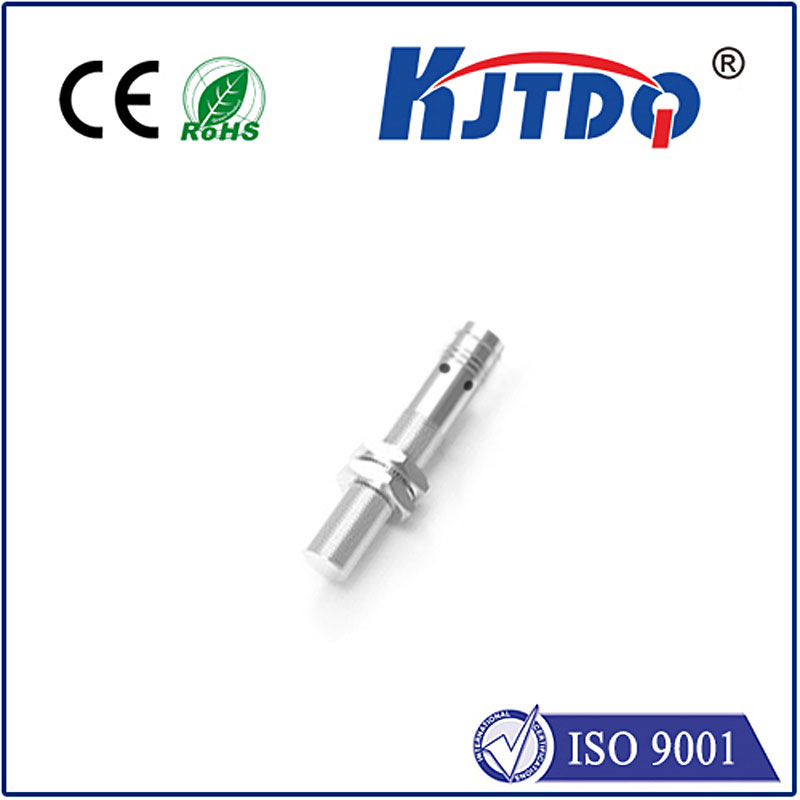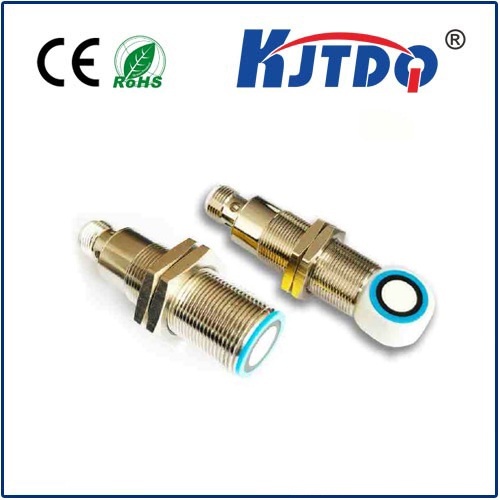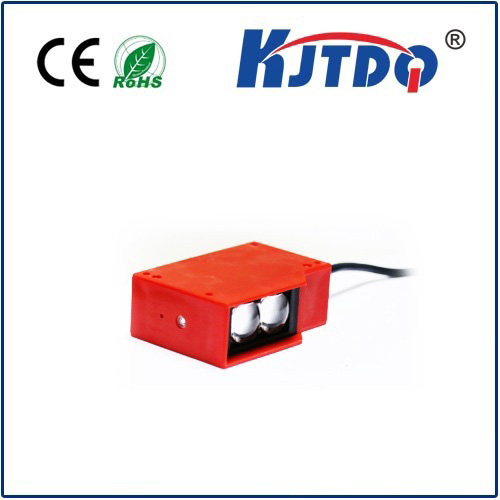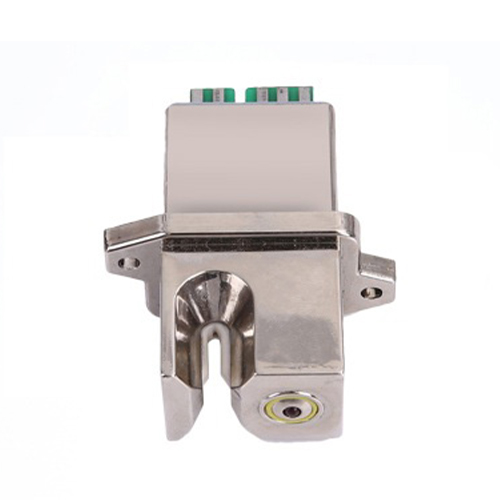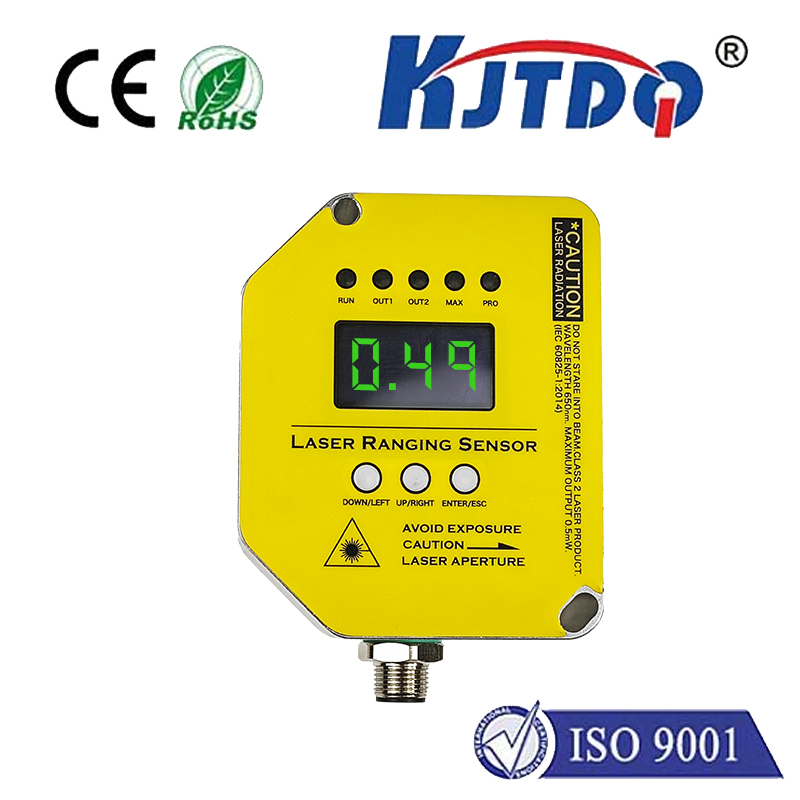Imagine you’re designing a cutting-edge race car or monitoring the flow of industrial machinery; how do you accurately measure speed without disrupting the process? That’s where optical velocity sensors step in, transforming the way we capture motion data with light-based precision. These sensors harness optical phenomena to detect velocity, offering a non-contact solution that’s becoming essential in fields like automotive, manufacturing, and robotics. By eliminating physical touch, they reduce wear and enhance reliability, making them a cornerstone of modern innovation. In this article, we’ll explore how optical velocity sensors work, their diverse applications, and why they’re setting new standards in measurement technology.
Optical velocity sensors operate on the fundamental principle of light interaction with moving objects. At their core, they use techniques like the laser Doppler velocimetry (LDV) to measure speed with remarkable accuracy. In LDV, a laser beam is directed at a target; as the object moves, it scatters the light, causing a frequency shift known as the Doppler effect. This shift is proportional to the object’s velocity—sensors detect and analyze this change to calculate precise speed data. For instance, if the light frequency increases, it indicates motion toward the source, while a decrease signals movement away. This method isn’t just theoretical; it’s widely employed in real-world scenarios due to its immune to electromagnetic interference, meaning it performs reliably in noisy environments like factories. Other optical approaches include particle image velocimetry (PIV), where cameras track seeded particles in fluids to derive velocity profiles. Essentially, these sensors convert light patterns into quantifiable metrics, providing instant, high-resolution readings without any mechanical contact—a leap forward from traditional mechanical sensors that wear out over time.

The applications of optical velocity sensors span numerous industries, driven by their versatility and efficiency. In automotive engineering, they’re integral to safety systems like adaptive cruise control and collision avoidance. For example, sensors monitor the speed of approaching vehicles, enabling automatic braking to prevent accidents. This non-invasive approach avoids the inaccuracies of wheel-based sensors in slippery conditions, improving road safety. Similarly, in industrial automation, optical velocity sensors optimize production lines by tracking conveyor belt speeds or robotic arm movements. Take a packaging plant: sensors ensure items move at consistent rates, reducing errors and boosting throughput by up to 20% in some studies. Citations from industry reports suggest that this leads to significant cost savings, with one source noting a 15% reduction in downtime due to predictive maintenance enabled by real-time velocity data. Beyond manufacturing, these sensors excel in sports science, where they analyze athlete performance. High-speed cameras and lasers measure runners’ velocities, helping coaches fine-tune training programs for peak efficiency. Even in environmental monitoring, they assess wind or water currents for climate research, showcasing their adaptability. Key benefits include their high precision and rapid response times, often capturing data at microsecond intervals—far faster than older methods.
However, optical velocity sensors aren’t without limitations, and addressing these is crucial for innovation. While they offer superior accuracy for non-contact velocity measurement, challenges like high initial costs can be a barrier, especially for small businesses. Setting up advanced laser systems requires significant investment in calibration and equipment, which may deter adoption. Environmental factors also play a role: in dusty or foggy conditions, light scattering can distort readings, demanding frequent maintenance. Yet, ongoing advancements are mitigating these issues. For instance, recent developments in miniaturized sensors and AI integration enhance robustness, allowing for cost-effective deployments in diverse settings. Innovations like fiber-optic variants reduce sensitivity to contaminants, making them ideal for harsh industrial sites. Moreover, the rise of IoT connectivity enables sensors to share data wirelessly, creating smarter, integrated systems. These improvements underscore the sensor’s evolving role, with experts predicting a shift toward more user-friendly designs that democratize access without sacrificing quality.
Looking ahead, optical velocity sensors are poised for growth in emerging fields. As autonomous vehicles and smart factories expand, demand for reliable speed detection will soar, particularly with the integration of machine learning algorithms that enhance predictive capabilities. In essence, these sensors are reshaping velocity measurement, offering a blend of safety, efficiency, and innovation that propels industries forward. By understanding their workings and leveraging their strengths, businesses can unlock new levels of performance, making light the ultimate tool for capturing motion.
